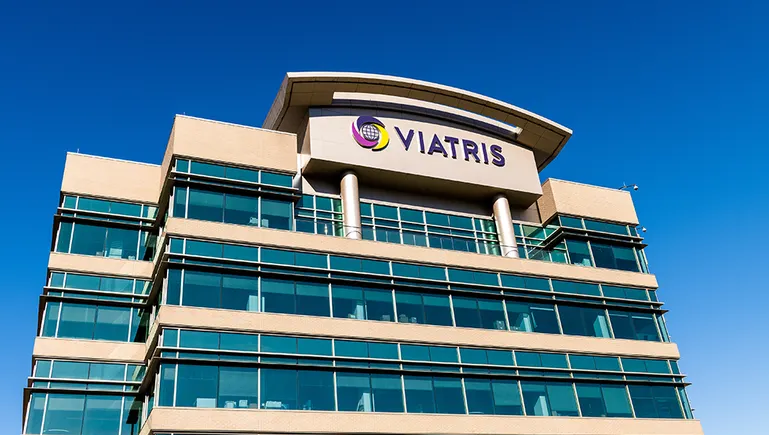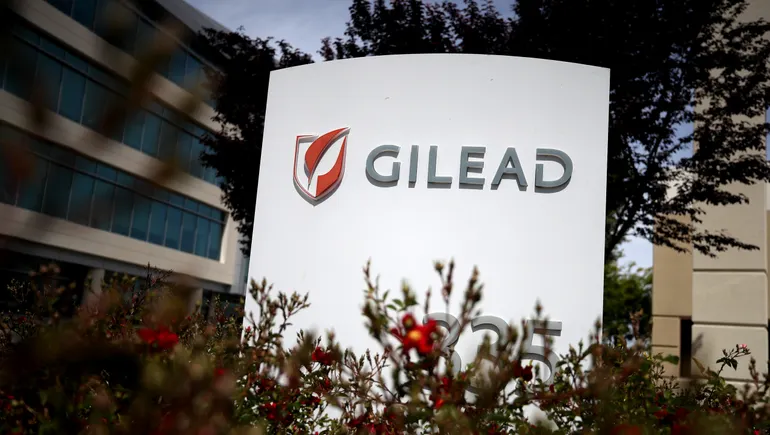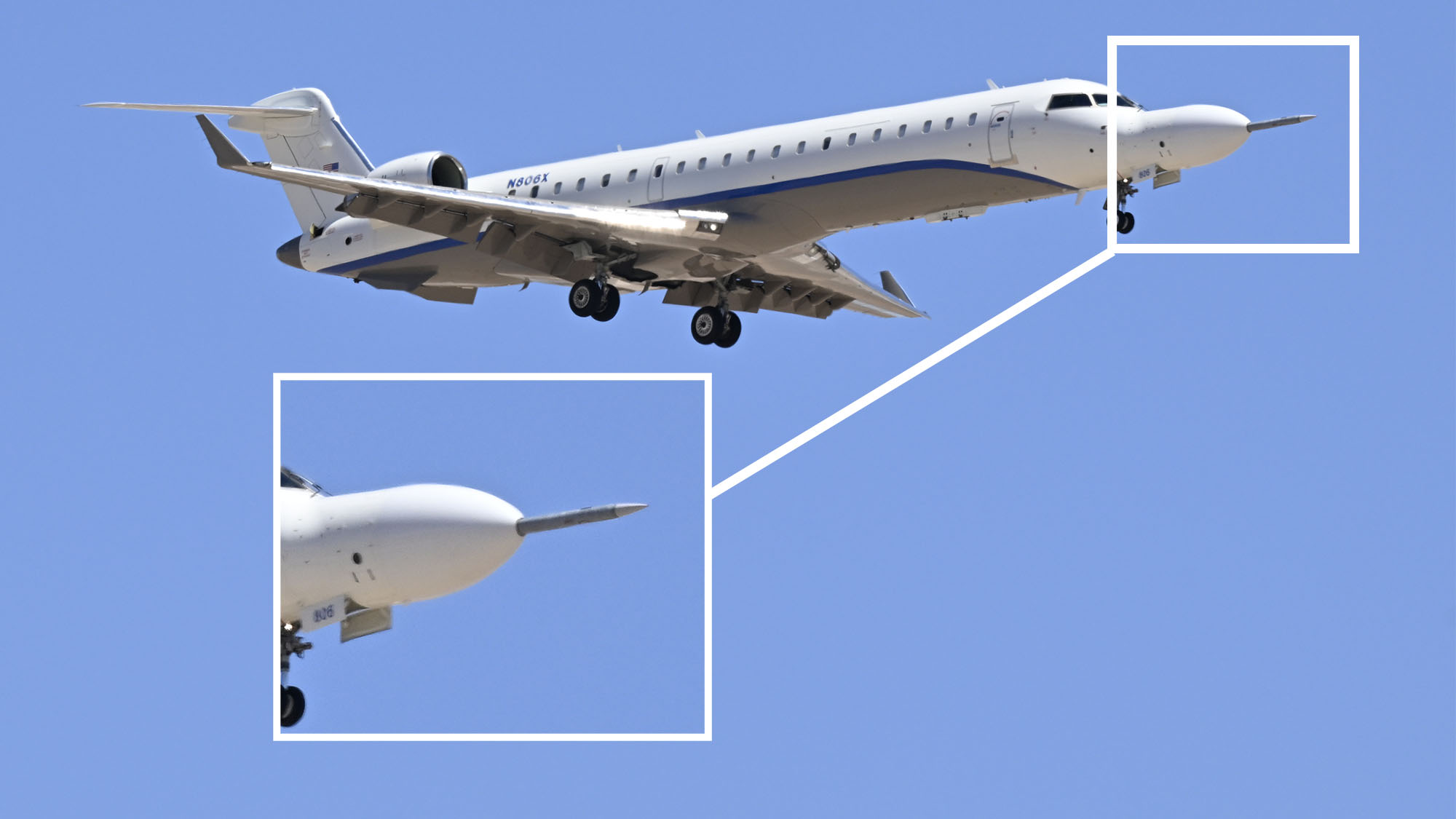Spynn CEO Reveals Media’s Role in EB1A Visa Outcomes
Press coverage can make or break EB1A visa approval—Spynn PR turns extraordinary talent into recognized excellence. The post Spynn CEO Reveals Media’s Role in EB1A Visa Outcomes appeared first on Haute Living.


Photo Credit: Spynn
When a talented researcher submitted her EB1A visa application with only her academic credentials, she received a disappointing rejection. After working with Spynn PR to secure strategic media placements in her field, her resubmitted application was approved.
In the high-stakes arena of extraordinary ability visas, third-party validation is increasingly becoming the difference between approval and denial. No one understands this better than Matteo Ferretti, CEO of PR company Spynn.
The Third-Party Validation Effect
“Immigration officers aren’t industry experts in quantum computing, medical research, or avant-garde art. They rely heavily on press coverage as external validation that an applicant’s achievements truly matter,” explains Ferretti, whose agency specializes in helping professionals secure EB1A approvals through strategic media placements.
The psychology behind this is straightforward and rooted in principles of social proof. Most people determine what is correct by finding out what other people think is correct. Immigration officers, faced with evaluating achievements in fields outside their expertise, look to media coverage as evidence that independent experts have already vetted the applicant’s contributions.
This phenomenon transforms press mentions from mere vanity metrics into powerful immigration tools. What was once self-reported becomes publicly recognized, which is a crucial distinction in the eyes of USCIS adjudicators who are trained to be skeptical of applicants’ claims about their own importance.
From Self-Promotion to Third-Party Endorsement
The challenge for many EB1A applicants is the absence of public recognition for their achievements. Many brilliant minds work behind corporate walls or in academic settings where their extraordinary contributions remain largely unknown to the public.
“We had a client who developed an algorithm that saved her company millions annually, but because it was proprietary, there was no public record of her achievement,” Ferretti notes. “After we secured coverage in three major tech publications highlighting her innovation, without revealing the proprietary details, her application was approved within weeks.”
This transformation from internal recognition to public acknowledgment is precisely what makes press mentions for EB1A visa applications so powerful because it ensures existing accomplishments receive the recognition they deserve.
The Strategic Battlefield of the Media Landscape
Securing meaningful press coverage goes beyond sending mass emails to journalists. It requires a sophisticated understanding of media ecosystems and how different publications carry different weight with immigration officials.
Bold-faced names like The New York Times and Wall Street Journal carry obvious prestige, but industry-specific publications often carry equal or greater weight when they’re recognized authorities in the applicant’s field. A feature in a niche publication like Nature for scientists or Architectural Digest for designers can sometimes outweigh mentions in general interest publications.
The strategic approach involves creating a media portfolio that demonstrates both depth (recognition within one’s specific field) and breadth (recognition that transcends industry boundaries). This dual approach signals to immigration officials that the applicant’s extraordinary ability is recognized both by specialists who understand the technical merits and by the public who recognize the wider impact.
Crafting the Narrative: Beyond Simple Mentions
Simply appearing in publications is not enough. The narrative matters tremendously. Effective press coverage for immigration purposes needs to explicitly connect the applicant to the criteria outlined in EB1A regulations.
“Many brilliant people make the mistake of getting press that focuses on their company or team rather than their individual contributions,” Ferretti observes. “For immigration purposes, the coverage needs to clearly establish the individual as the driving force behind the achievement.”
This requires careful message crafting and media training to ensure that when journalists write about the applicant, they highlight the specific elements that align with EB1A criteria: original contributions of major significance, commercial successes, critical roles in distinguished organizations, and other evidence categories recognized by USCIS.
The Ethics Question
Critics might question whether securing press coverage specifically for EB1A visa press purposes represents a form of gaming the system. Industry experts counter that media relations simply help deserving candidates receive the recognition they have earned through legitimate achievements.
The key ethical line appears to be between amplifying real accomplishments versus fabricating achievements. Reputable PR firms like Spynn focus on helping truly exceptional individuals navigate the complex intersection of immigration requirements and media dynamics.
The Future of Immigration Validation
As information becomes increasingly democratized and traditional gatekeepers lose influence, immigration authorities face growing challenges in evaluating extraordinary ability. This trend suggests that third-party validation through the press will likely become even more critical in the coming years.
Forward-thinking immigration attorneys now routinely recommend that clients begin cultivating media relationships months or even years before submitting EB1A visa applications. This long-term approach allows for organic relationship building with journalists and the development of a media portfolio that appears natural rather than manufactured.
For those with truly extraordinary abilities who remain in the shadows, the message is clear: achievements, no matter how impressive, exist in a vacuum until they receive the oxygen of public recognition. In the high-stakes world of EB1A visas, press coverage goes beyond stroking the ego. It is about translating private excellence into publicly recognized extraordinary ability.
Ferretti aptly puts it, “In today’s immigration, you need to go beyond just doing what matters, you need to put your energy into ensuring those who matter know what you’ve done.”
The post Spynn CEO Reveals Media’s Role in EB1A Visa Outcomes appeared first on Haute Living.






















































































































































